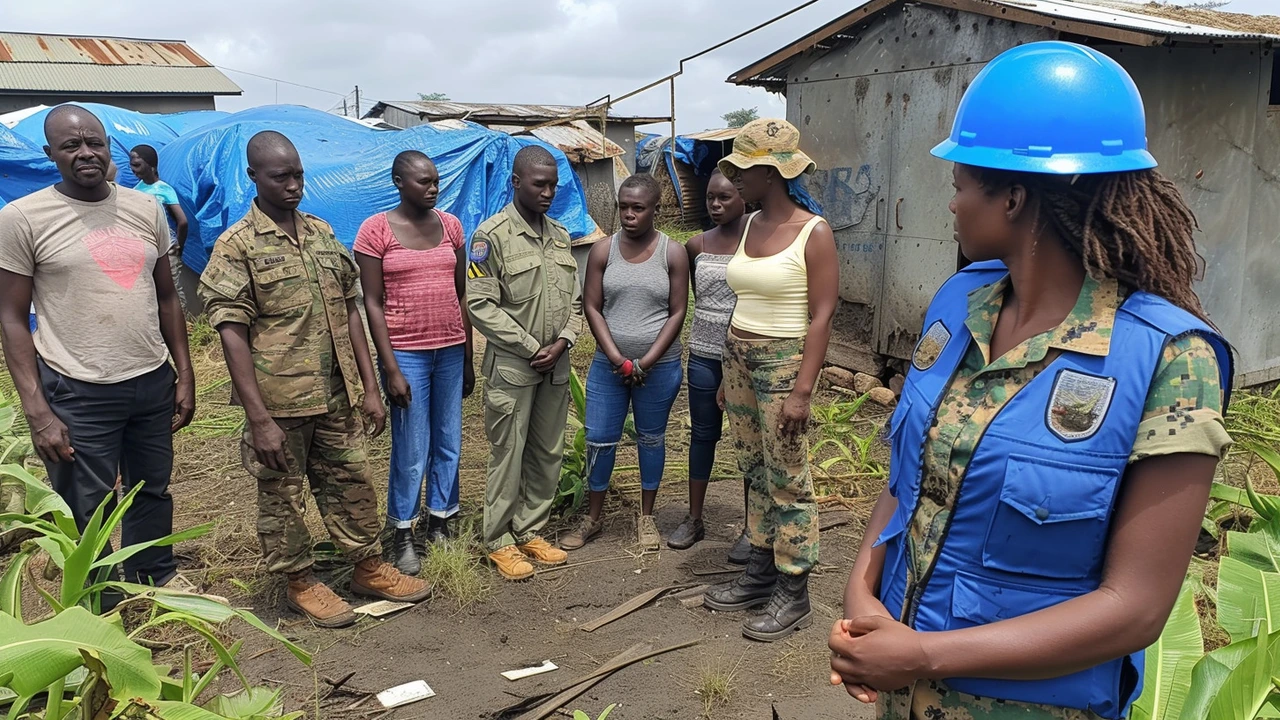Peacekeeping dynamics describe how peace missions change over time and respond to local realities. I want to give you a clear view of what drives success, where most operations struggle, and what practical steps can improve outcomes on the ground. This is for readers who want useful, real-world insight, not theory.
At the core are three forces: political context, local actors, and mission design. Political context includes national leadership, regional powers, and UN mandates. Local actors mean communities, armed groups, and civil society. Mission design covers troop mix, civilian staff, rules of engagement, and budget. When these three align, peacekeeping can stabilize violence and protect civilians.
One big challenge is mandate mismatch. Missions sometimes get broad goals without the staff or authority to achieve them. Teams fix this by prioritizing tasks and asking for clearer mandates. Another challenge is limited local trust. Peacekeepers succeed when they build relationships, protecting markets, supporting schools, or helping local police reform. Small daily wins add up to big trust.
Security risks change fast. Armed groups shift tactics, and borders are porous. Modern teams use drones, secure communications, and faster logistics to stay ahead. Technology helps, but it cannot replace local knowledge. Pairing tech with local partners gives faster, smarter responses to threats.
First, connect political and field teams. Negotiators need real-time field information; commanders must understand political limits. Second, invest in local institutions. Training local police, supporting courts, and backing community leaders creates durable stability. Third, focus on protection of civilians. Clear patrol plans, rapid response teams, and safe zones reduce harm and build confidence.
Metrics matter. Track not just incidents but trust, court cases processed, and market activity. Simple surveys, partner reports, and open data help spot trends early. Share lessons openly between missions - what worked in one country often adapts well elsewhere with small changes.
If you follow peacekeeping dynamics, watch three indicators: mandate clarity, local partnerships, and adaptive logistics. When those look strong, missions have higher chances to de-escalate conflict and support recovery. When they're weak, expect delays, rising violence, or humanitarian gaps.
Interested in updates? Look for mission briefings, UN reports, and local NGO newsletters. They show how plans change week to week and where support is most needed. You can also support organizations that train local teams or monitor human rights, small donations or volunteer time often go directly to lasting impact.
Take the UN mission in South Sudan: commanders adjusted patrol routes after weekly community meetings, added female police trainers, and set up mobile courts. Those steps cut local disputes and increased school attendance. Small, targeted changes like that often cost little but shift dynamics fast, especially where trust and basic services were lacking. Start paying attention.
Peacekeeping is messy, but it works when teams learn fast, stay close to communities, and match goals to resources. Watching peacekeeping dynamics helps you see where help matters most and how real improvements happen on the ground.

Hi there, my latest post offers you an inside look at the dynamics of peacekeeping. I delve deep into the intricacies, realities, and challenges that peacekeeping missions face across the globe. It's truly an eye-opener, highlighting the brave work of those striving to maintain peace under volatile situations. This is a fascinating, lesser-known aspect of global diplomacy that we seldom hear about but it's integral to our world's stability. Join me in understanding this better.
